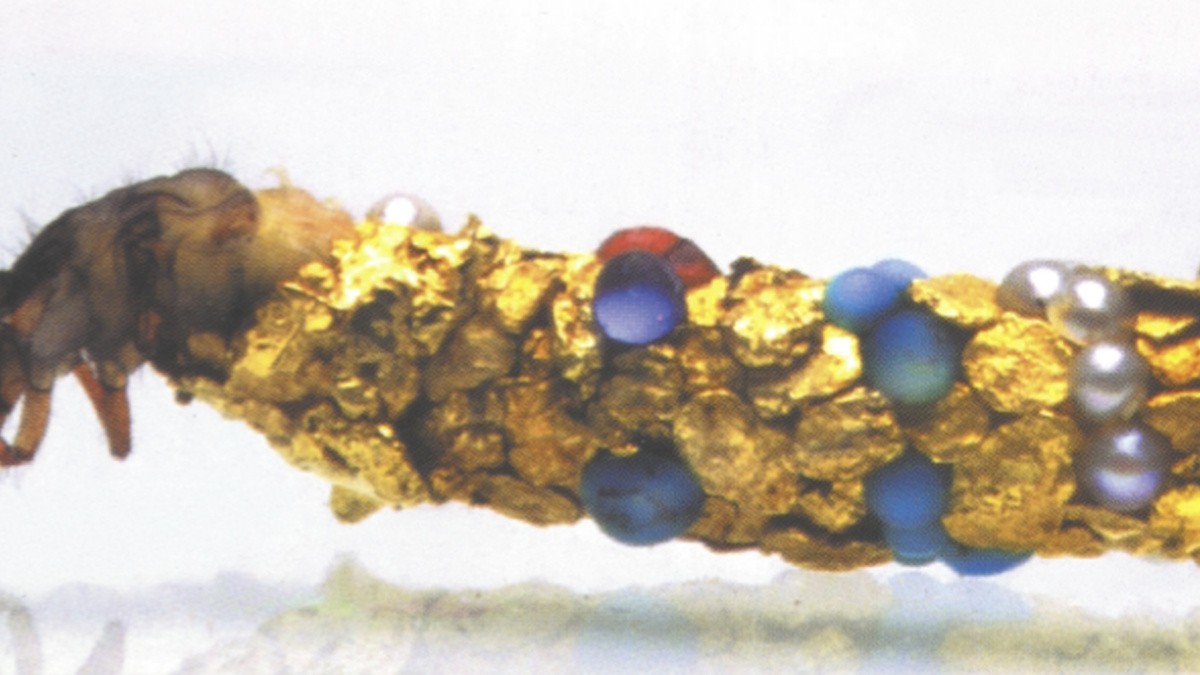
Editorial
Fear of Music/Cut the Engines | Francis McKee
01/12/2023
Image from Animal, exhibition curated by Francis McKee, 1997
As I’m leaving CCA, I’ve found myself spending more time in its archive, returning things from my desk or (unforgivably) from home. I don’t get nostalgic about archives. For me, they’ve always proved vital in establishing what we have done and, in the light of that, what we may do next. Archives are about shaping the future: that could mean taking new approaches or redefining directions. One key thing though, within the CCA archive, is the way in which the records reveal the transformation of the arts in Glasgow and Scotland.
In 1973, arts infrastructure in the city was sparse and mostly focused on history. The establishment of the Third Eye Centre redirected attention to the present, and what was unfolding in Glasgow at that very moment. Early films within our archive document staff working in candlelight during the power cuts in 1973, illuminating thriving activity across the arts – a time when exhibitions, music, poetry and literature were gaining momentum. By the early 1980s, the building blocks of a new cultural confidence were in place. In 1981, Alasdair Gray’s Lanark was launched at the Third Eye Centre and contained the, by now well-worn, observation on culture that ‘if a city hasn’t been used by an artist not even the inhabitants live there imaginatively.’
Gray understood the power of the arts to create a communal sense of identity. Films, poems, novels, plays and paintings all could reflect life in Scotland, creating imaginative spaces where ideas could be tested and debated publicly and safely. As a nationalist, he also saw the responsibility of artists in describing a future state worth voting for (‘Work as if you live in the early days of a better nation’).
CCA archive charts the growth of an arts infrastructure over several decades, indirectly revealing the emergence of other organisations – The Print Studio, Wasps, Transmission, GOMA, Tramway, SWG3, Market Gallery, David Dale Gallery, Celine, French Street, among many others – with documents and letters quite often fleshing out the dialogues happening in the art world here.
Now, sadly, we are beginning to see a dismantling of that infrastructure as public funding shrinks. This comes at a time when recent waves of migration to Glasgow require the rethinking of cultural provision, not just the quest for decolonisation, but a renewed need to represent the widening demographic of the city. Alasdair Gray’s call for artists to respond to the city so that we can all imagine living here is more urgent than ever. Glasgow has its own stories to tell, as much as any city in the world, and it deserves to see the artists based here reflecting life around us.
COVID lockdowns taught us many lessons, but the most striking one was how much we rely on culture to see us through hard times. The films, songs, TV shows and performances that kept us going emerged from a long investment in the arts, developing the artists who created that work. Closing libraries, shutting venues and cutting support for artists and galleries will smash the mirrors that reflect our lives. In that kind of blackout, a city is meaningless. Talk of independence, identity or culture has no weight.
Politicians seem to have suffered a loss of nerve when it comes to art funding. They aren’t grasping the economic benefits or the enormous social impact of the arts in general. They also seem afraid to be seen to support the arts in hard times, as if the fractional amount of public funding it receives might be perceived as an indulgence. And yet, many of those politicians brag about Scotland’s culture and promote independence.
Beyond these ideas, there is an urgent need to reconsider what constitutes culture and to engage with the process of hybridity that is already underway in Scottish society as the current waves of migration bring new perspectives and approaches to art. If this is to be more than tokenistic, then real change is needed across the infrastructures that underpin the presentation of work publicly.
It’s always easy to make promises around culture and issue grand statements citing wellbeing and diversity. It is harder to deliver on the ground in a convincing way. Arts organisations are used to working hard on minimum rations, but some real action would make an enormous difference. Scotland has a rich tapestry of human resources and it would be exciting to see that potential fulfilled. I want to see the better nation and the city reimagined.
Francis McKee
December 2023